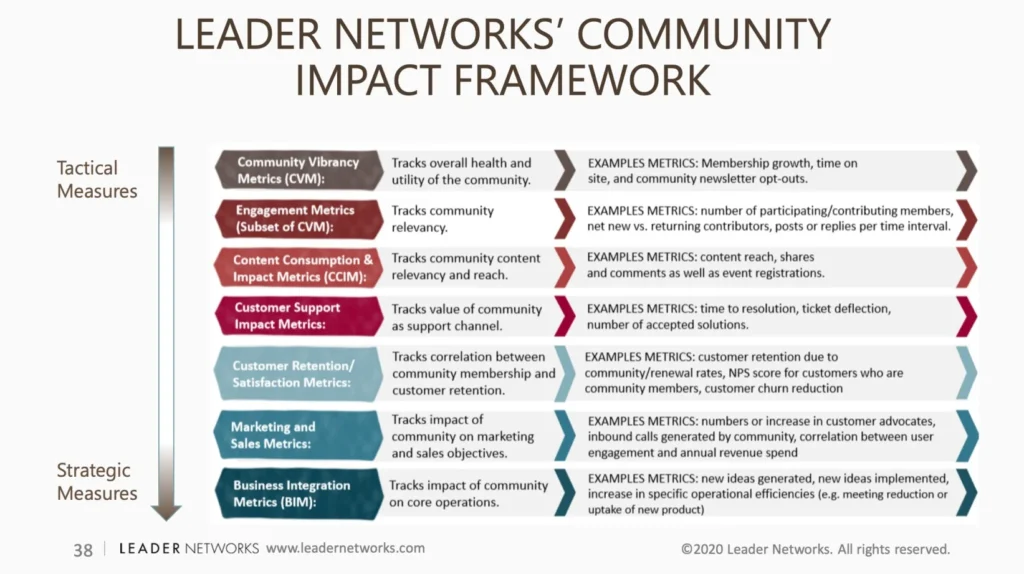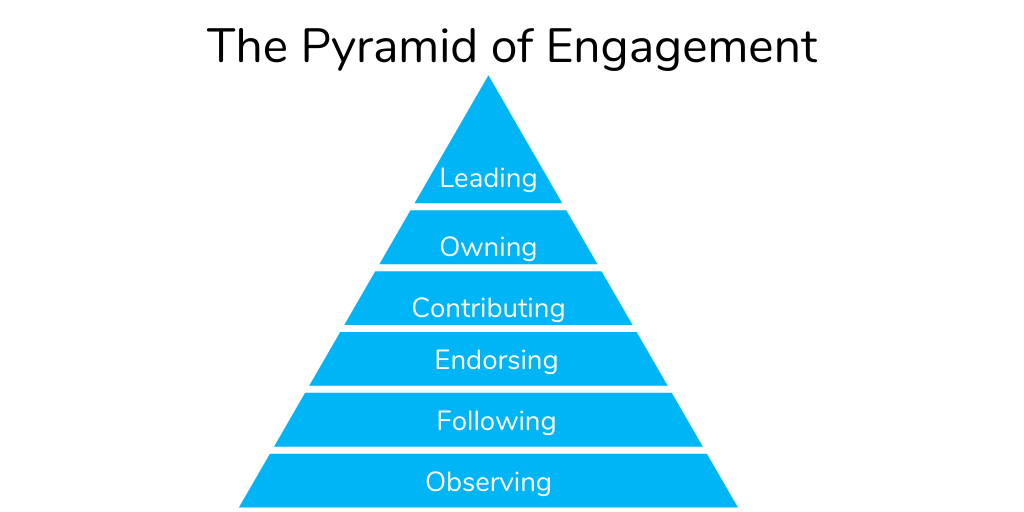Product
Learn more about the all-in-one, most powerful solution for community engagement
Learn more about the all-in-one, most powerful solution for community engagement
We power great communities across all industry sectors.
Small and large enterprises turn to Hivebrite to engage with customers, partners, employees, alumni, industry experts, and more
Charities, foundations, NGOs, and government organizations turn to Hivebrite to engage with donors, volunteers, and mentors
Schools, colleges and universities use Hivebrite as a digital engagement hub for their student & alumni groups, researchers, mentors and volunteers
Clubs, Associations and professional bodies rely on Hivebrite to offer their members networking and collaboration opportunities, and other services

Communities are often misunderstood and underrated. They are not always viewed as strategic or a significant line of business.
This is a mistake.
Creating a community can be an excellent strategy for any organization. But you need to approach community creation as a business strategy, not just a marketing or support tactic.
For a community to return maximum benefits, it needs to be designed as part of a high-level strategy supporting company-wide goals.
We recently ran a webinar with Adam Zawel from Leader Networks, who shared some great advice on creating a business case for an online community. Check out these five steps to ensure that your community will bring value throughout your organization.
A business need is a pressing problem or issue that has to be resolved cost-effectively.
There are almost unlimited business needs that a community can help with. For example:
Our advice? Start by focusing on a single key business issue. Once you solve that issue, look at other issues.
According to Adam, “many large-scale online community success stories begin by solving a single business problem, and evolve into more wide-ranging solutions that deliver outcomes not possible before establishing the community”.
You need to ensure that your organization’s mission and your case for a community are aligned. An excellent technique to help you pinpoint your most pressing business needs is to list all the challenges to your organization’s success. Then identify all the challenges that a community could help overcome.
A key question to ask yourself during this exercise is: how can a community accelerate your organization’s processes or make something possible for members that previously wasn’t available?
Who will be using your community?
Audience definition guides the business goals, content, and engagement opportunities for your community.
Start by focusing on the specific audiences or users who will most align with the business needs and issues driving the community initiative.
Good starting questions to ask yourself are:
Once you have asked yourself the above questions, map out your audience by job role, needs, priority for your organization. It is also a good idea to note the difficulty to reach and estimated size of each group.
Don’t forget to validate your results with your audience. Ask them directly and look at previous data. You must allow your actual audience to talk. Chances are they will give you insights you haven’t thought of to help create an outstanding community capability.
Next, you need to map your business needs and what the audience wants to find the sweet spot for your community and the features it will provide.
Leader Networks’ canvas is helpful for this process:

How are you going to measure the success of your community?
Sure, you should measure metrics such as engagement and the number of members. After all, a community with few members and low engagement doesn’t have much value.
But you need to go beyond these metrics up to a business level.
You need to take into account both tactical and strategic metrics. The Leader Networks’ Community Impact Framework gives great examples of both tactical and strategic measures that you should consider when measuring your community’s success.

Now that you have gone through all of the above steps, you are ready to assemble your executive sponsors.
Reunite all the executive sponsors around a table and get them onboard. In other words, rally them around your community vision and get them to cough up some cash to fund it.
Your executive sponsors can be found throughout your organization: marketing, customer care, communications, HR, product development, etc. You don’t want just the passionate community supporters in the room. You also want the skeptics. These are the people you need to convince.
Don’t get bogged down with execution here, you to be strategic and present all of the above steps.
To get the buy-in from this group you need to focus on the strategic goals of your organization and highlight how a community could help. For example, could a community help user onboarding and adoption of your product? Or could a community help your organization reduce support costs? Perhaps an online community could help increase customer retention?
You can also highlight concrete examples of other communities’ successes to help convince them!
At Hivebrite, we always tell our clients that what works at the beginning for a community might not work forever. You need to constantly monitor your community and adapt your strategy as necessary.
Also, bear in mind that most members don’t show significant engagement in the beginning. Most of our clients’ community members start off observing and then become gradually more and more involved. The different stages of engagement are well demonstrated by the Pyramid of Engagement, illustrated just below.

Savvy community managers update and adapt their strategies to keep relevant members moving up the engagement pyramid.
Adam Zawel is a consultant in digital transformation and community building initiatives at Leader Networks. He also manages the Israel Industry 4.0 Community using Hivebrite’s Community Management Platform.